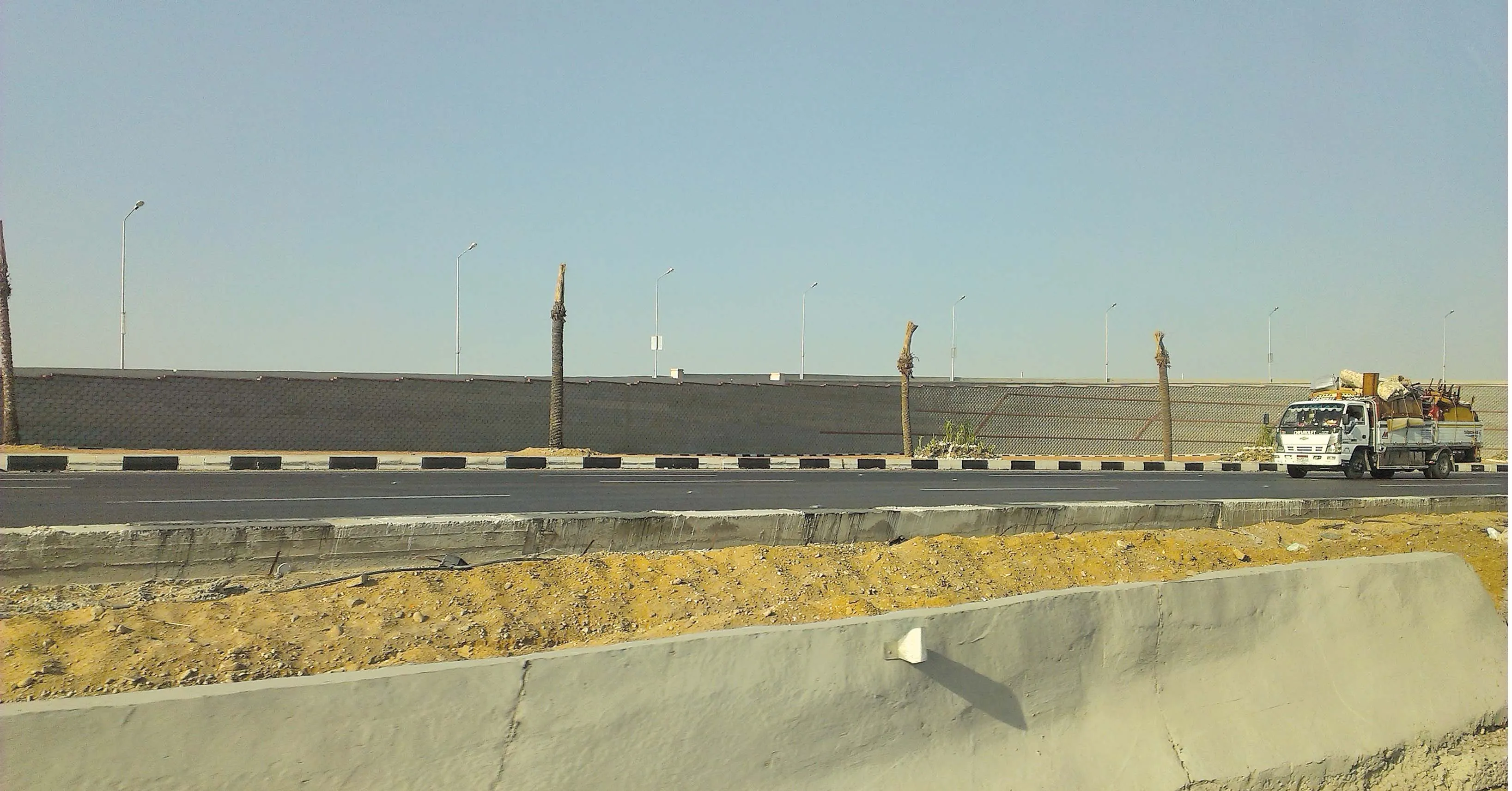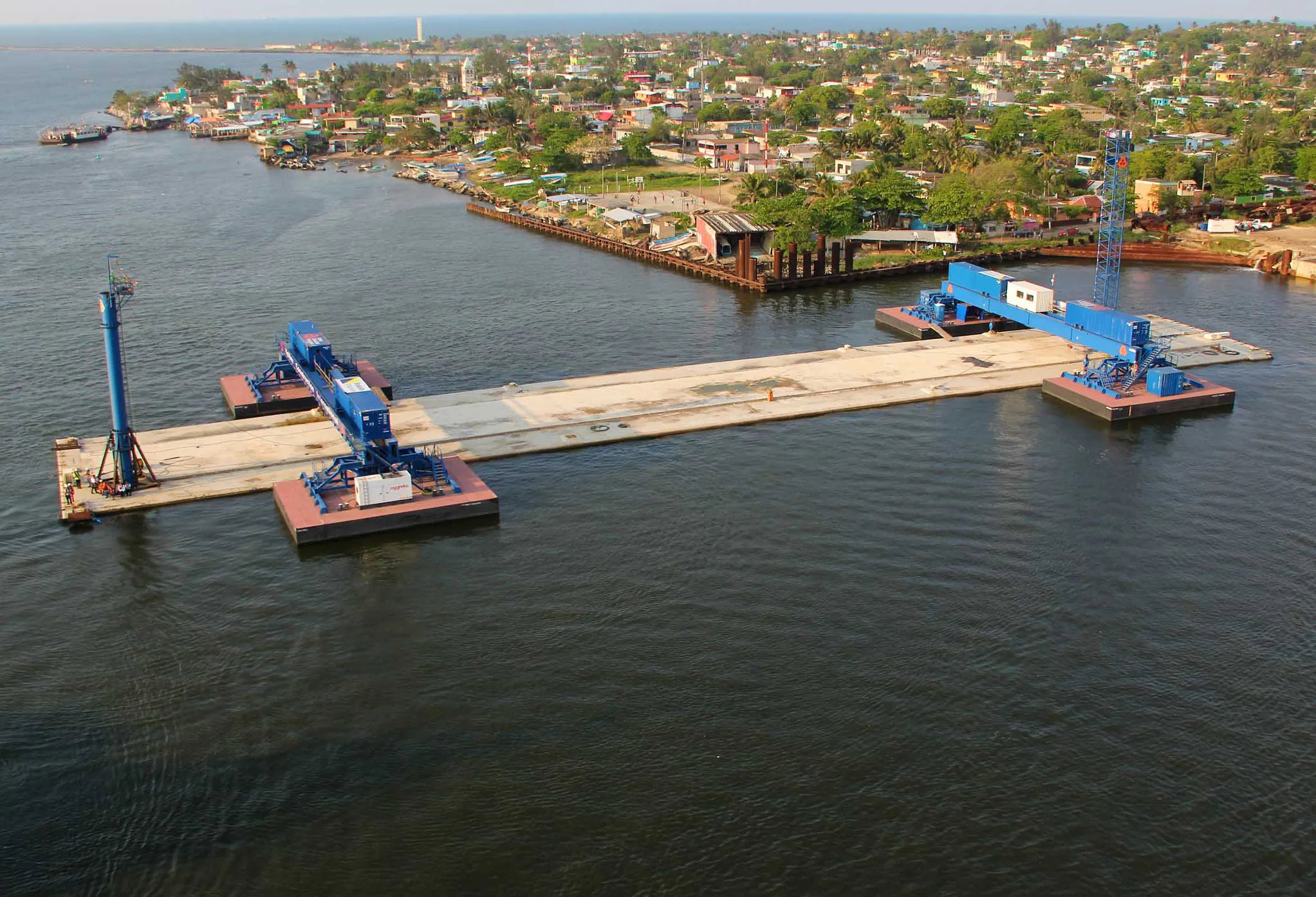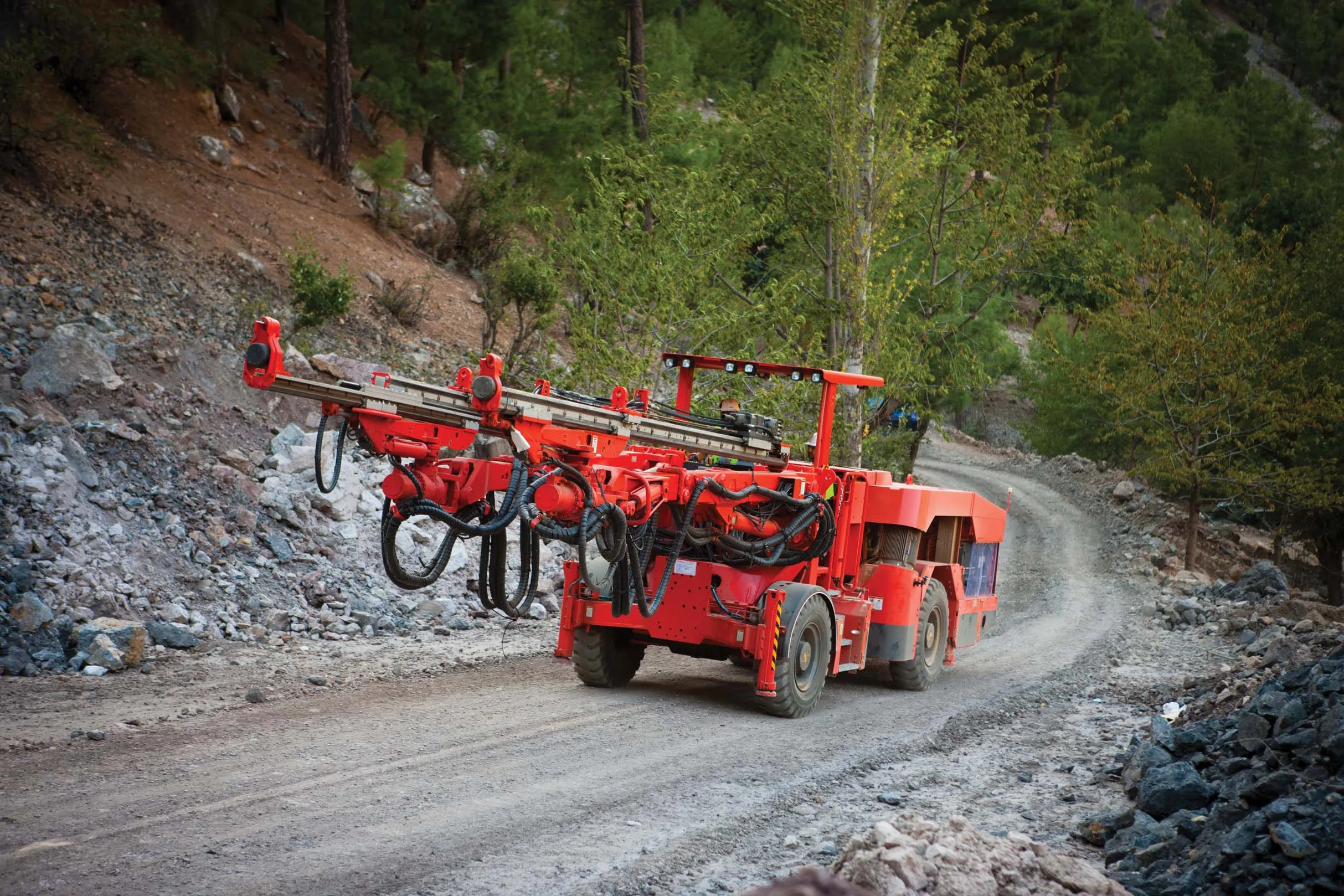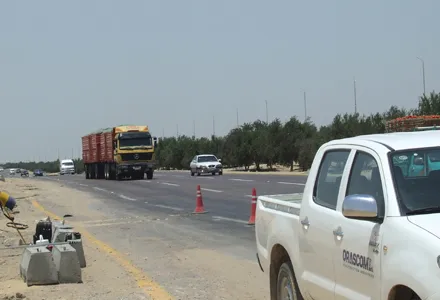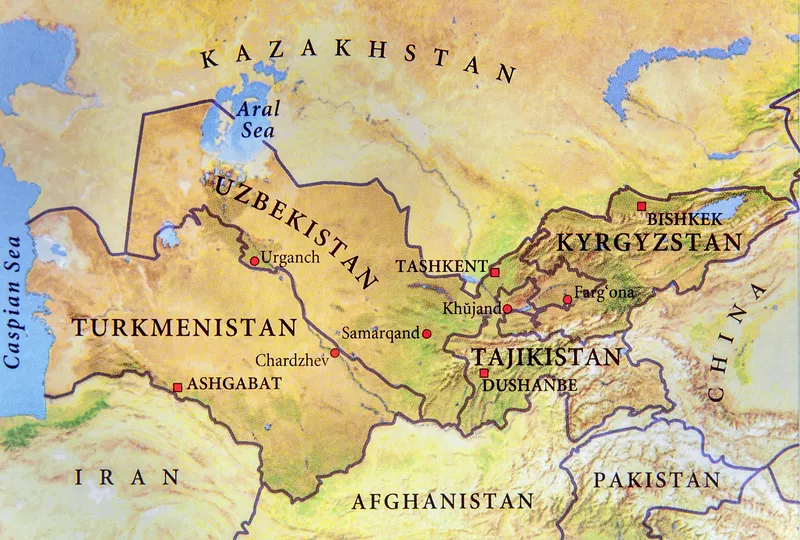
Work is now recommencing on the Istiqlol Tunnel in Tajikistan. This follows discussions between the Tajikistan Government and the Iranian Government.
Additional funding of around US$5.5 million has now been secured to carry out the necessary work. Although an official opening for the tunnel was carried out in 2007, it was never fully completed. The original construction work was carried out with assistance of Iranian engineers, costing an estimated $60 million. But work halted in 2010 due to a shortage of funds.
This new phase will see the necessary ventilation, lighting and other electrical and mechanical systems being installed. Once this has been completed, the tunnel will finally be suitable for regular use. Traffic has been allowed to drive through the tunnel, although there have been limits on the numbers of vehicles permitted at any one time due to the absence of proper lighting and ventilation. There have been major concerns over the safety of the link due to inadequate lighting and ventilation as a result, while the link suffers from flooding and the road surface is also in poor condition. It has been widely regarded as one of the most dangerous road tunnels in the world.
Also known as the Anzob Tunnel and the Ushtur Tunnel, the 5km bore is situated 80km to the North West of Tajikistan’s capital, Dushanbe, providing a link for the M34 highway that can remain open even in winter. The tunnel is at an altitude of 2,750m and is an important link on the route that connects Dushanbe with Tajikistan’s second city, Khujand, reducing journey times between the two from five to four hours. In addition the tunnel is a key international route for Tajikistan as it reduces journey times between Dushanbe and Uzbekistan's capital Tashkent as well as its second city Samarkand.


